Corsair CX450 PSU Review: Two Flavors, Tested and Compared
Why you can trust Tom's Hardware
Transient Response Tests
Advanced Transient Response Tests (CX450 - Great Wall)
For details on our transient response testing, please click here.
Ιn these tests, we monitored the CX450's response in several scenarios. First, we applied a transient load (10A at +12V, 5A at 5V, 5A at 3.3V and 0.5A at 5VSB) for 200ms as the PSU worked at 20 percent load. In the second scenario, we hit the CPU with the same transient load while operating at 50 percent load.
In the next sets of tests, we increased the transient load on the major rails with a new configuration: 15A at +12V, 6A at 5V, 6A at 3.3V and 0.5A at 5VSB. We also increased the load-changing repetition rate from 5 hertz (Hz) (200ms) to 50Hz (20ms). Again, this runs with the PSU operating at 20 and 50 percent load.
The last tests were even tougher. Although we kept the same loads, we increased the load-changing repetition rate to 1kHz (1ms).
In all of the tests, we used an oscilloscope to measure the voltage drops the transient load caused. The voltages should remain within the ATX specification's regulation limits.
These tests were crucial because they simulated the transient loads a PSU is likely to handle (such as booting a RAID array or an instant 100 percent load of CPU/GPUs). We call these Advanced Transient Response Tests, and they were designed to be very tough to master, especially for a PSU with a capacity of less than 500W.
Advanced Transient Response at 20 Percent – 200ms
| Voltage | Before | After | Change | Pass/Fail |
|---|---|---|---|---|
| 12V | 12.056V | 11.726V | 2.74% | Pass |
| 5V | 5.001V | 4.809V | 3.84% | Pass |
| 3.3V | 3.322V | 3.136V | 5.60% | Fail |
| 5VSB | 5.014V | 4.951V | 1.26% | Pass |
Advanced Transient Response at 20 Percent – 20ms
| Voltage | Before | After | Change | Pass/Fail |
|---|---|---|---|---|
| 12V | 12.056V | 11.560V | 4.11% | Pass |
| 5V | 5.001V | 4.770V | 4.62% | Pass |
| 3.3V | 3.322V | 3.107V | 6.47% | Fail |
| 5VSB | 5.014V | 4.946V | 1.36% | Pass |
Advanced Transient Response at 20 Percent – 1ms
| Voltage | Before | After | Change | Pass/Fail |
|---|---|---|---|---|
| 12V | 12.049V | 11.538V | 4.24% | Pass |
| 5V | 4.999V | 4.8263V | 3.45% | Pass |
| 3.3V | 3.321V | 3.1438V | 5.34% | Pass |
| 5VSB | 5.036V | 4.9351V | 2.00% | Pass |
Advanced Transient Response at 50 Percent – 200ms
| Voltage | Before | After | Change | Pass/Fail |
|---|---|---|---|---|
| 12V | 12.046V | 11.717V | 2.73% | Pass |
| 5V | 4.998V | 4.874V | 2.48% | Pass |
| 3.3V | 3.321V | 3.206V | 3.46% | Pass |
| 5VSB | 5.037V | 4.997V | 0.79% | Pass |
Advanced Transient Response at 50 Percent – 20ms
| Voltage | Before | After | Change | Pass/Fail |
|---|---|---|---|---|
| 12V | 12.040V | 11.748V | 2.43% | Pass |
| 5V | 4.996V | 4.764V | 4.64% | Pass |
| 3.3V | 3.316V | 3.088V | 6.88% | Fail |
| 5VSB | 4.991V | 4.913V | 1.56% | Pass |
Advanced Transient Response at 50 Percent – 1ms
| Voltage | Before | After | Change | Pass/Fail |
|---|---|---|---|---|
| 12V | 12.040V | 11.667V | 3.10% | Pass |
| 5V | 4.996V | 4.750V | 4.92% | Fail |
| 3.3V | 3.316V | 3.062V | 7.66% | Fail |
| 5VSB | 4.991V | 4.902V | 1.78% | Pass |
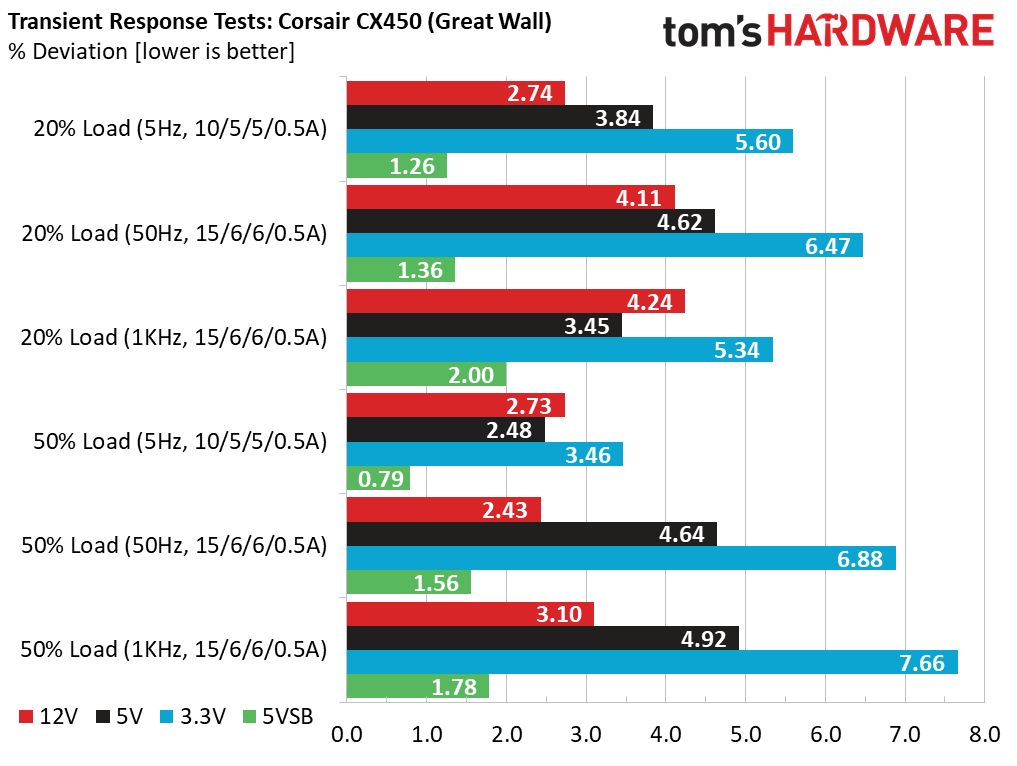
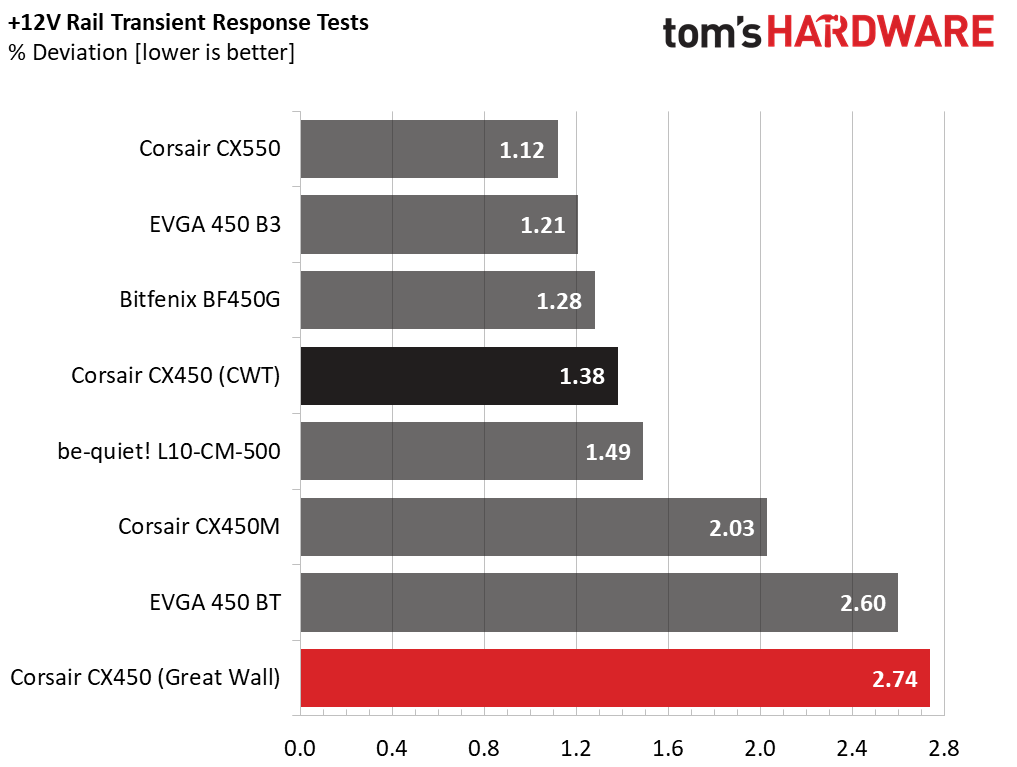
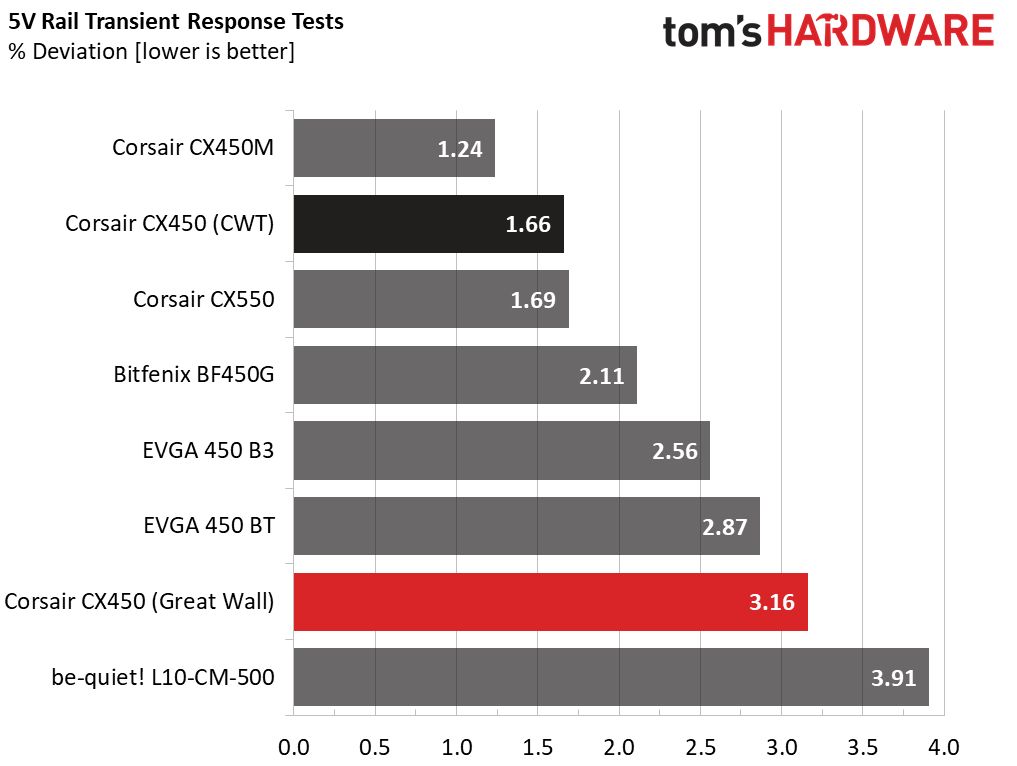
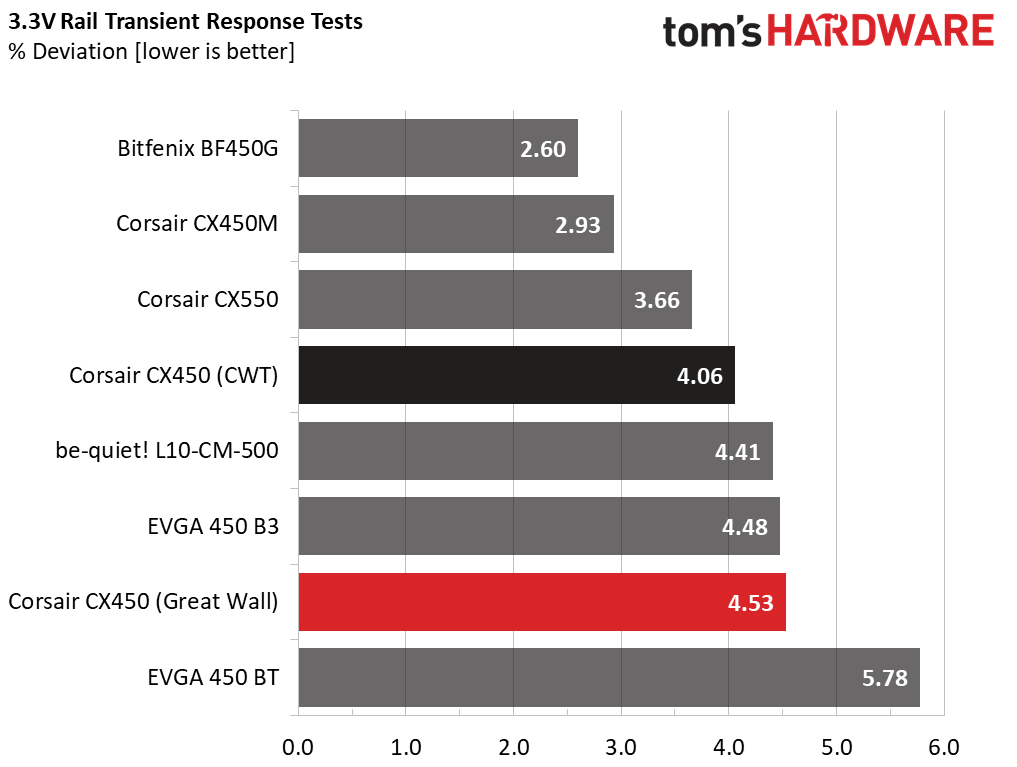
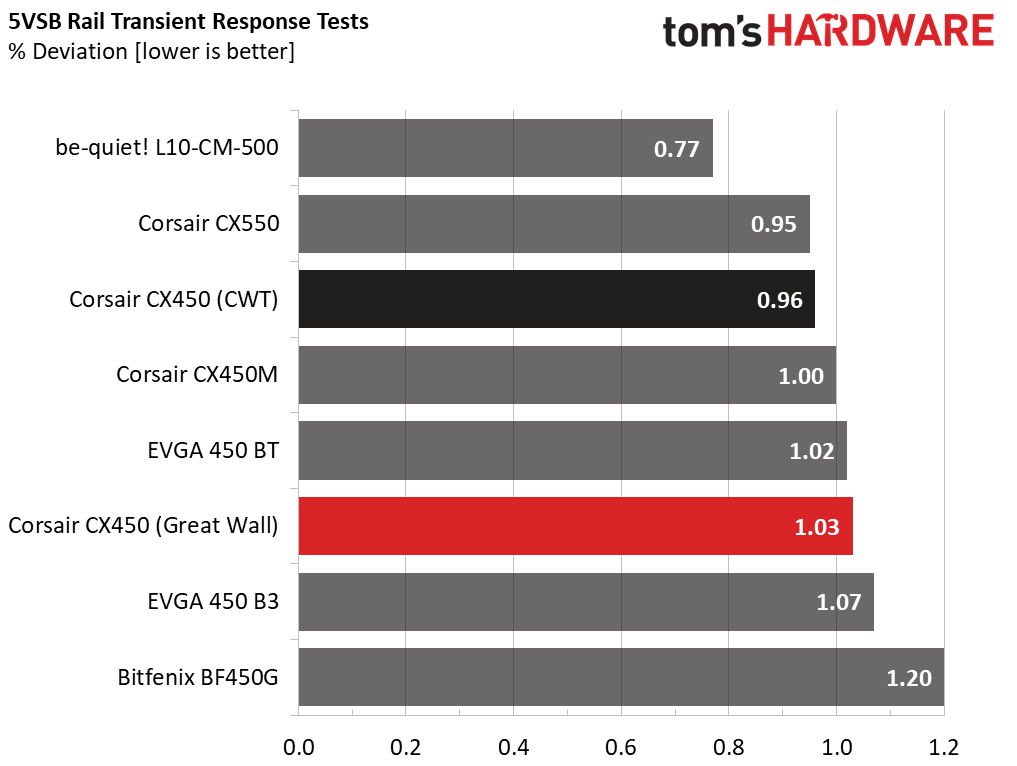
The Great Wall-based CX450's transient response was not good in these benchmarks. The CWT-manufactured version fared better here hands-down, despite the lower capacity of its caps on the secondary side.
Get Tom's Hardware's best news and in-depth reviews, straight to your inbox.
Here are the oscilloscope screenshots we took during Advanced Transient Response Testing:
Transient Response at 20 Percent Load – 200ms
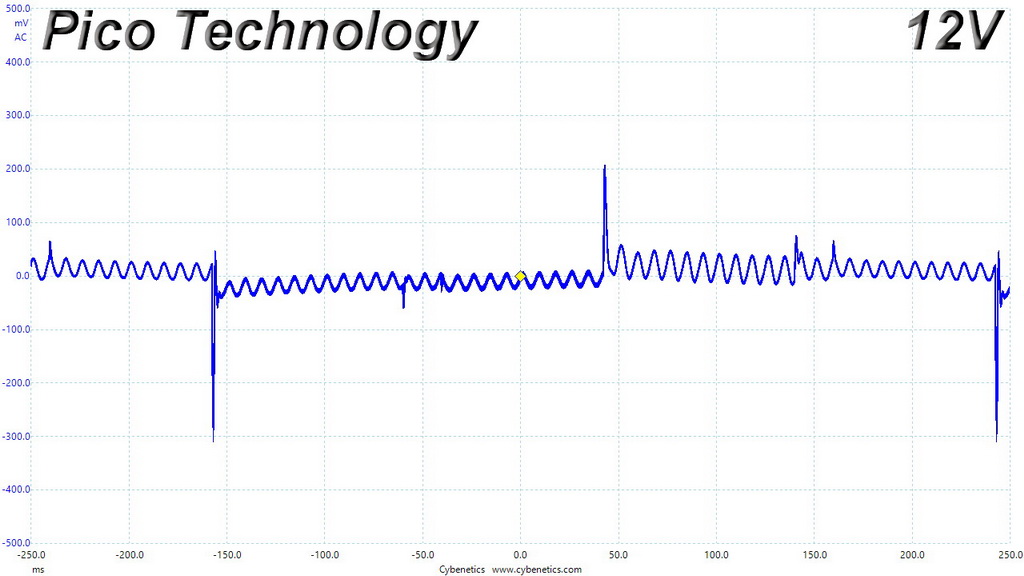
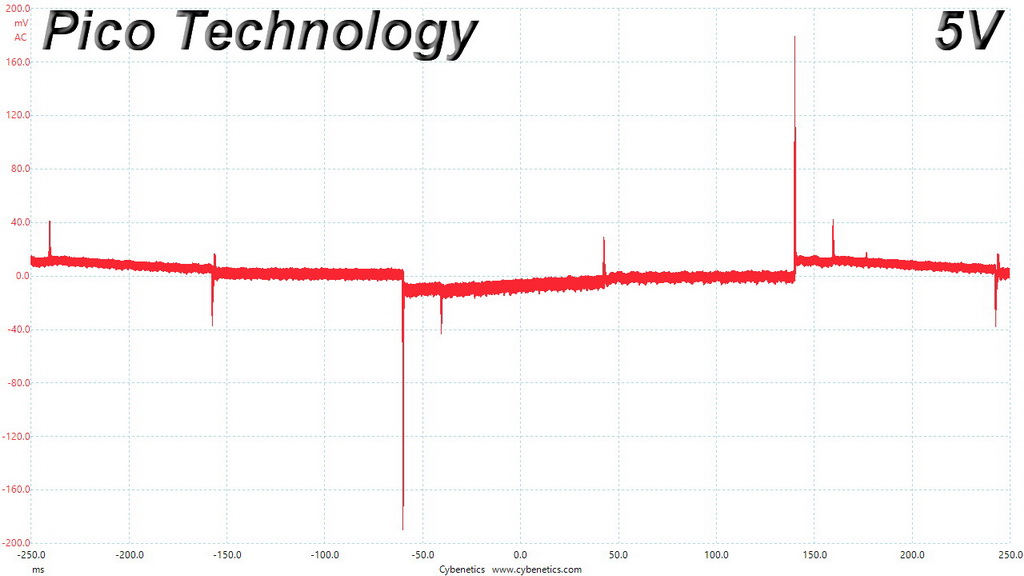
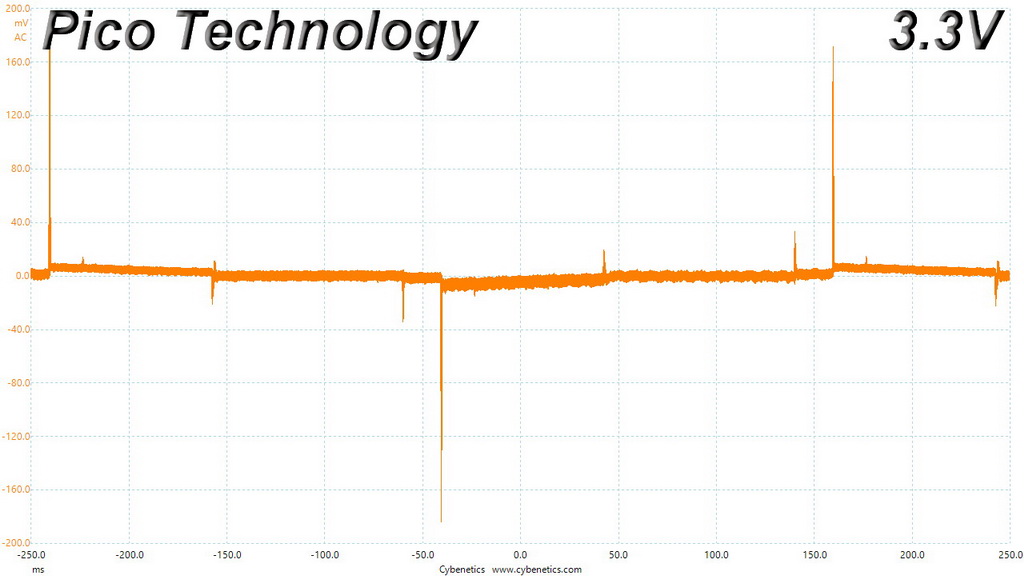

Transient Response at 20 Percent Load – 20ms


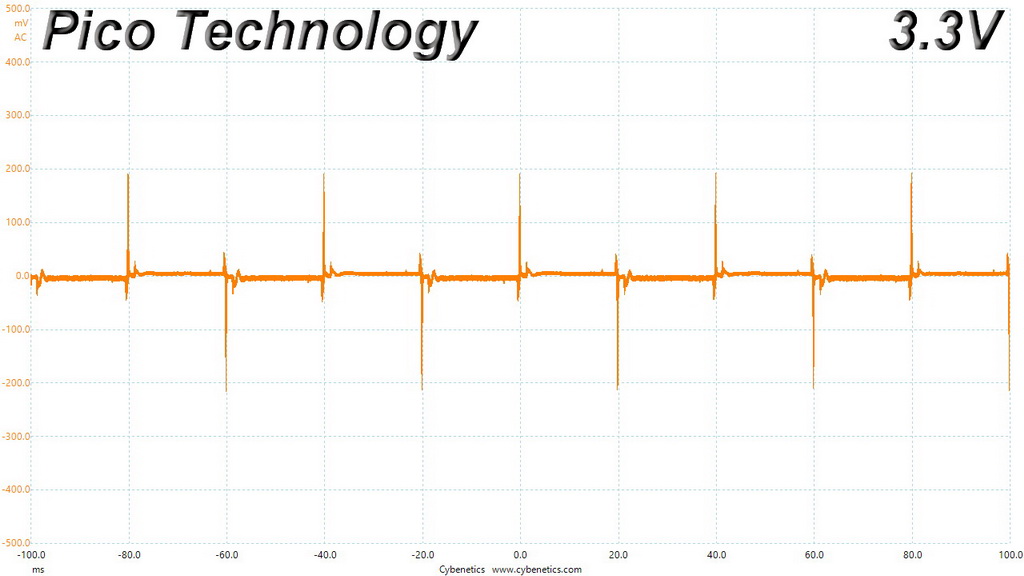

Transient Response at 20 Percent Load – 1ms
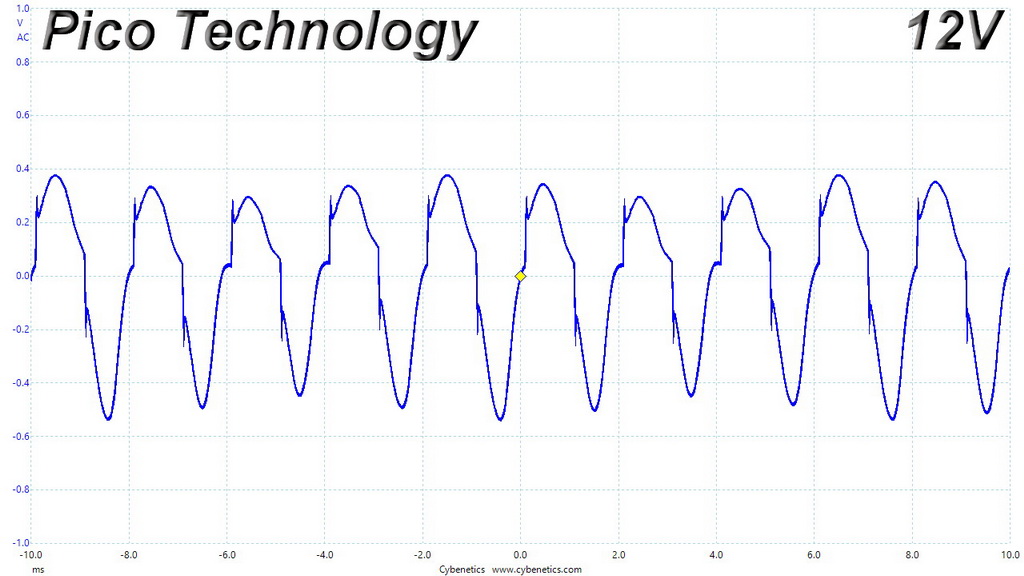
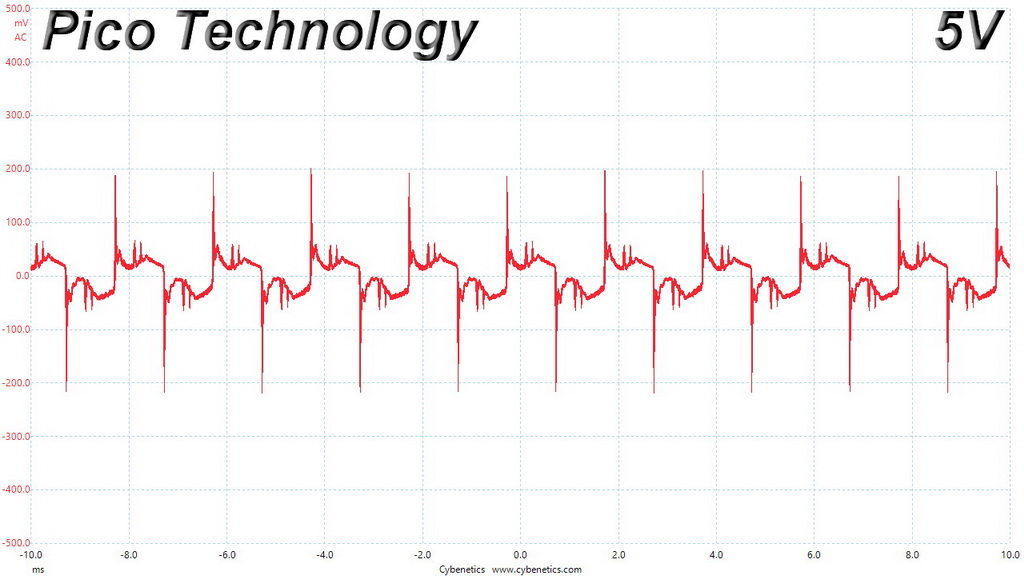
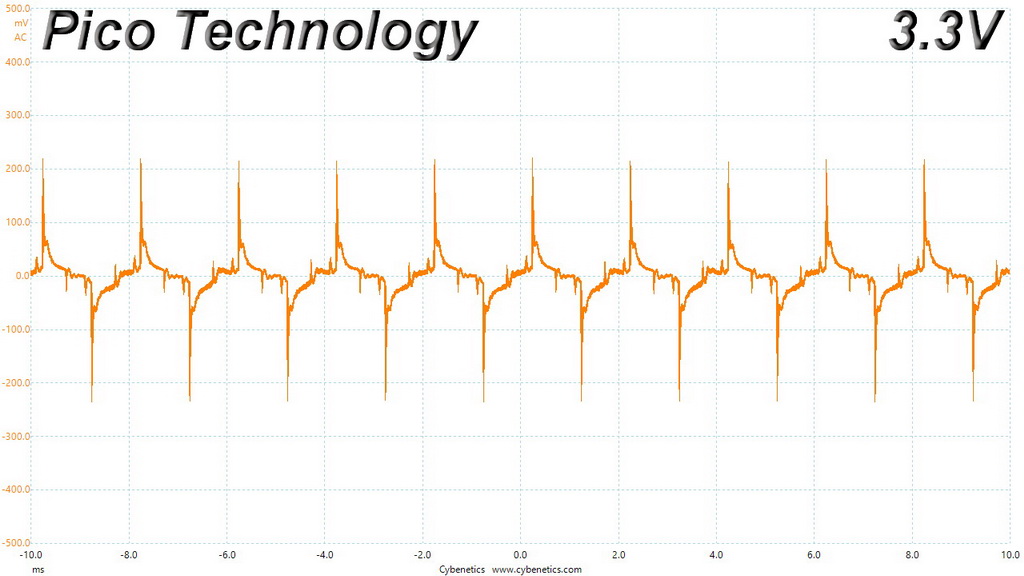
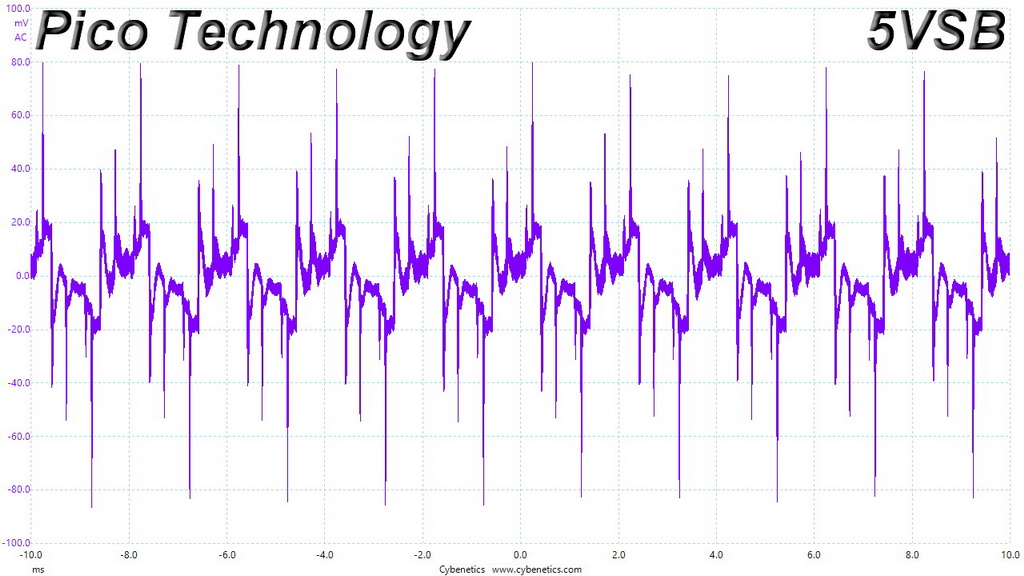
Transient Response at 50 Percent Load – 200ms

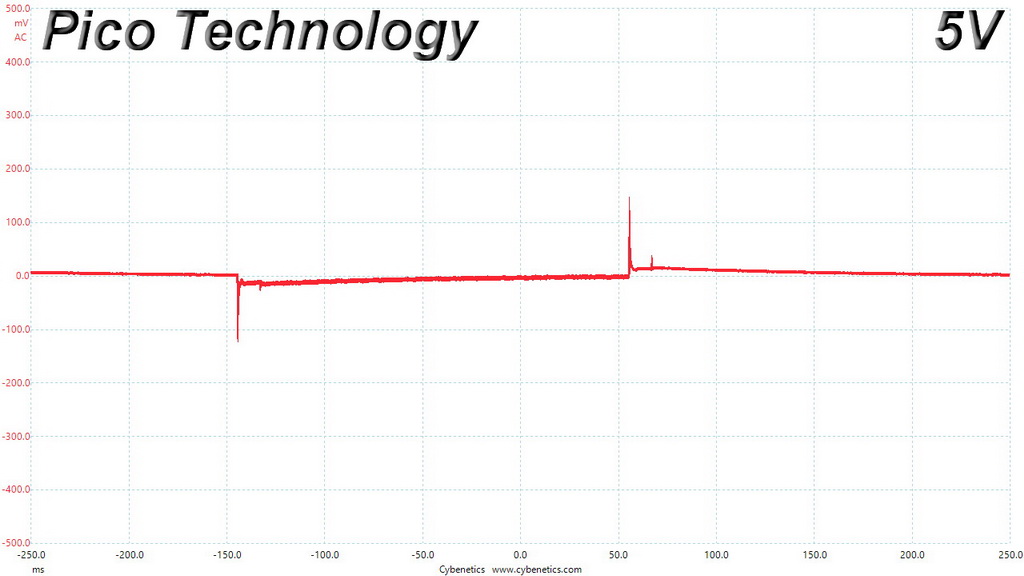


Transient Response at 50 Percent Load – 20ms
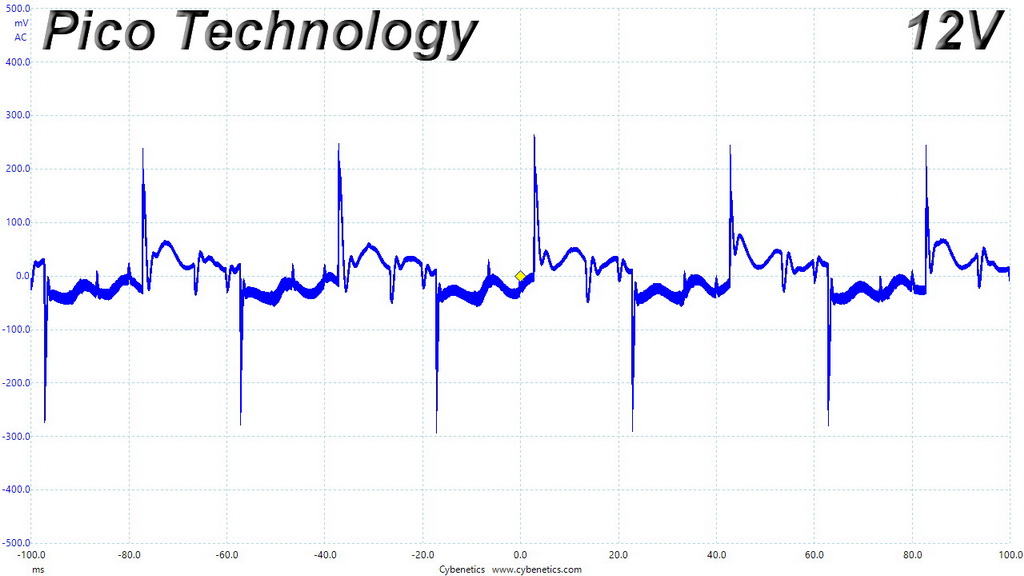
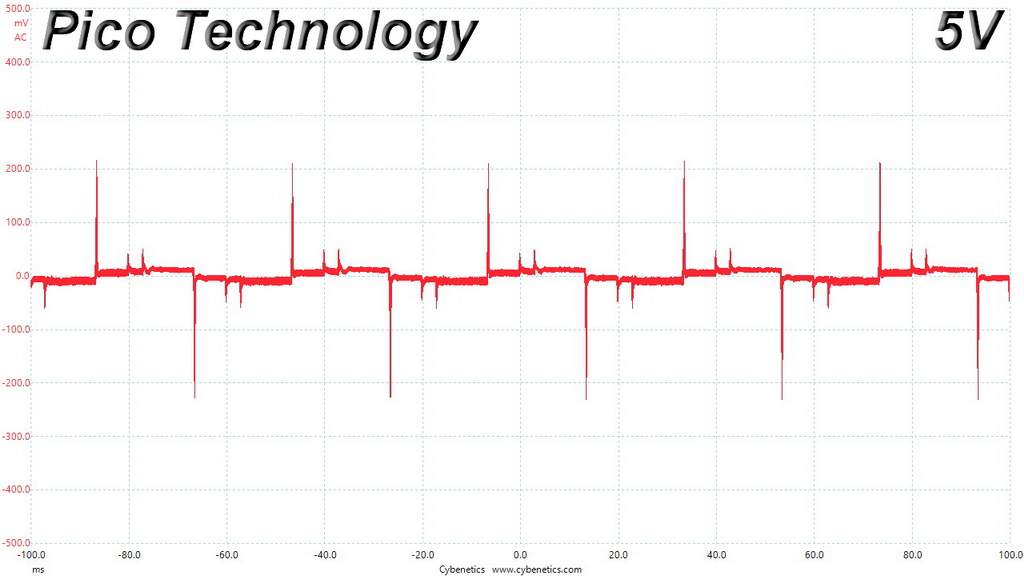
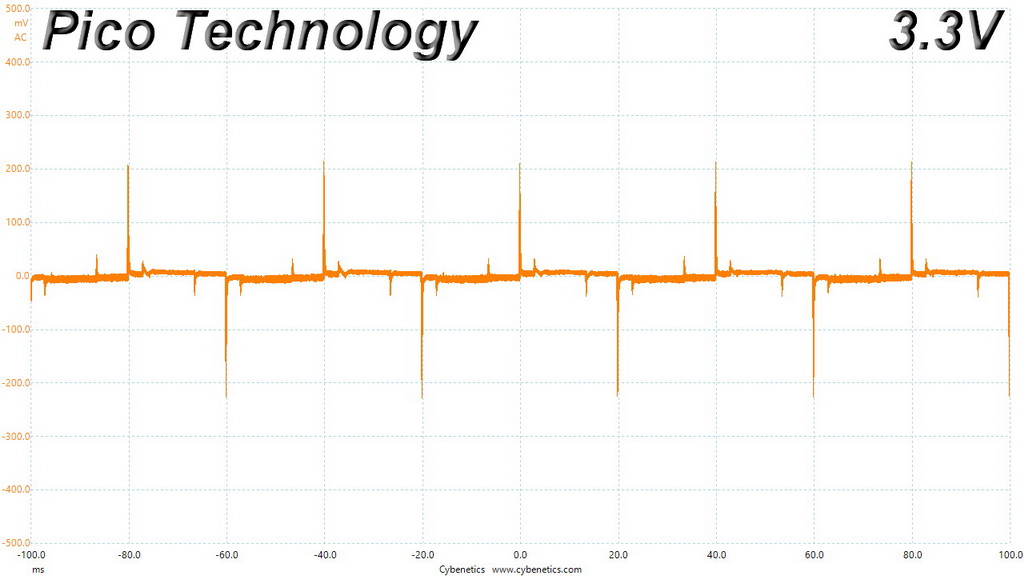

Transient Response at 50 Percent Load – 1ms
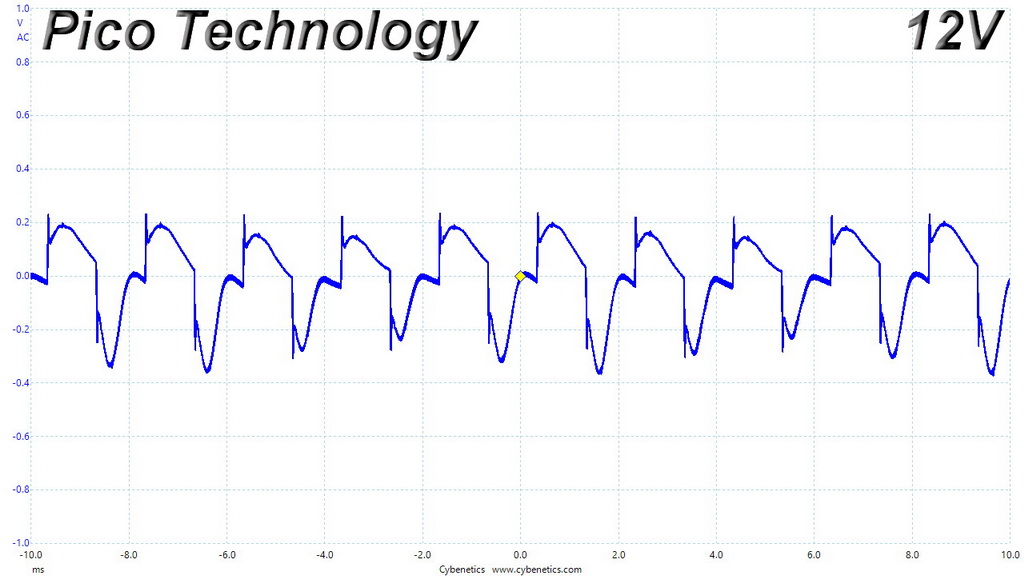
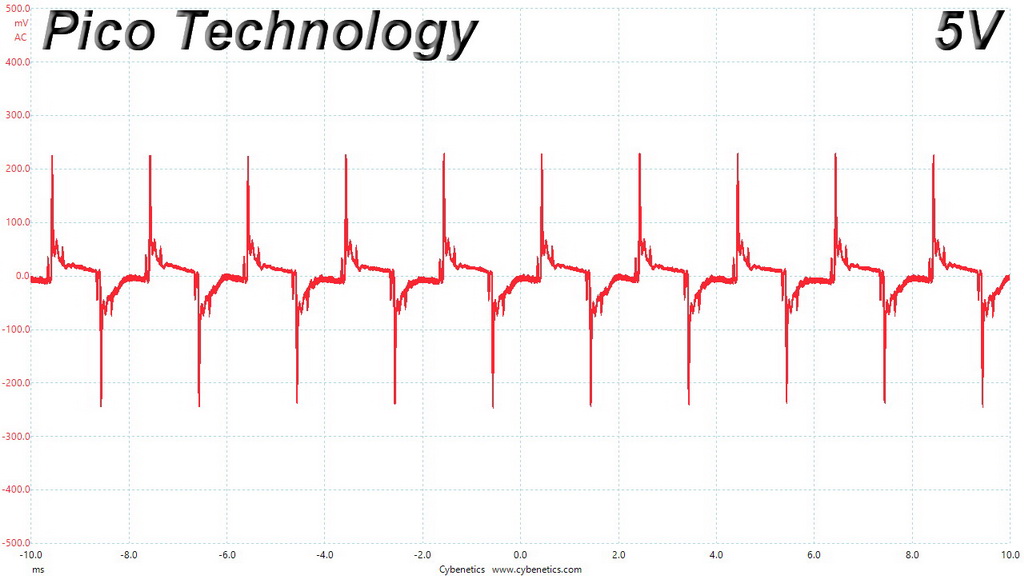
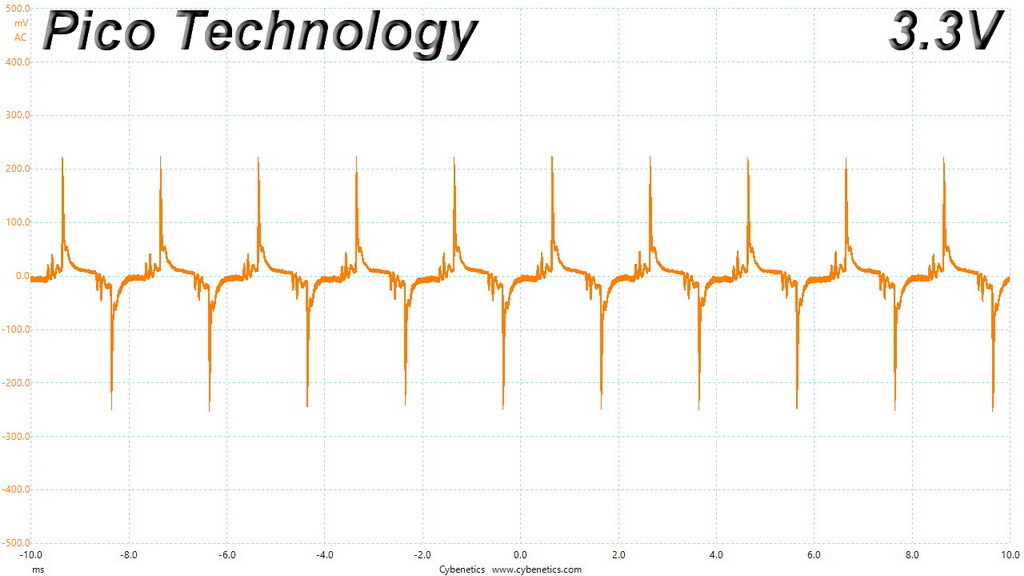
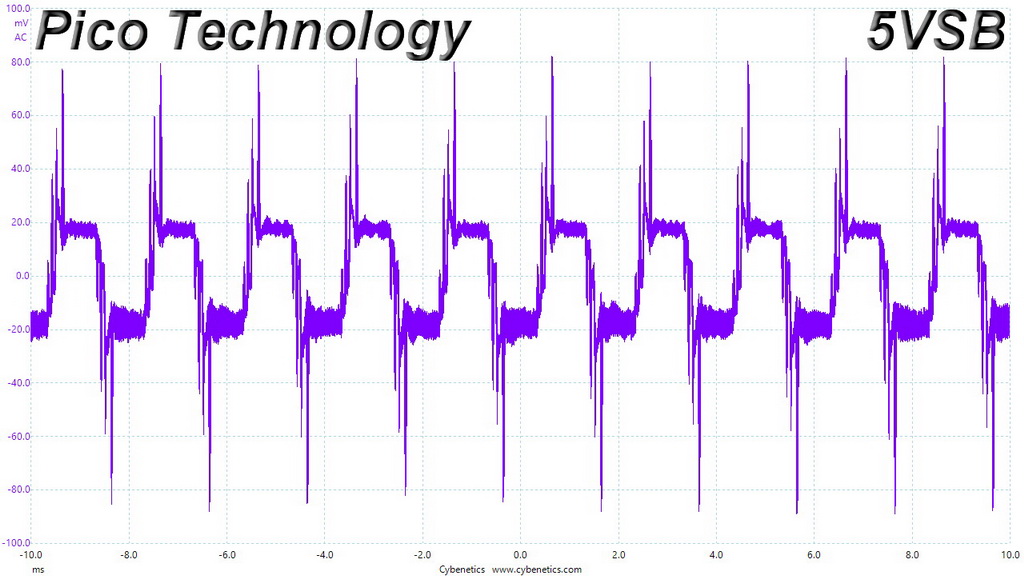
Turn-On Transient Tests
We measured the response of both CX450s in simpler transient load scenarios during their power-on phase.
For our first measurement, we turned the CX450 off, dialed in the maximum current the 5VSB rail can handle and switched the PSU back on. In the second test, we dialed the maximum load the +12V rail can handle and started the power supply while it was in standby mode. In the last test, while the PSU was completely off (we cut off the power or turned the PSU off through its switch), we dialed the maximum load the +12V rail can handle before restoring power. The ATX specification states that recorded spikes on all rails should not exceed 10 percent of their nominal values (+10 percent for 12V is 13.2V and 5.5 V for 5V).
Corsair CX450 - CWT



There were some minor spikes in the first and third tests, but they didn't worry us much.
Corsair CX450 - Great Wall
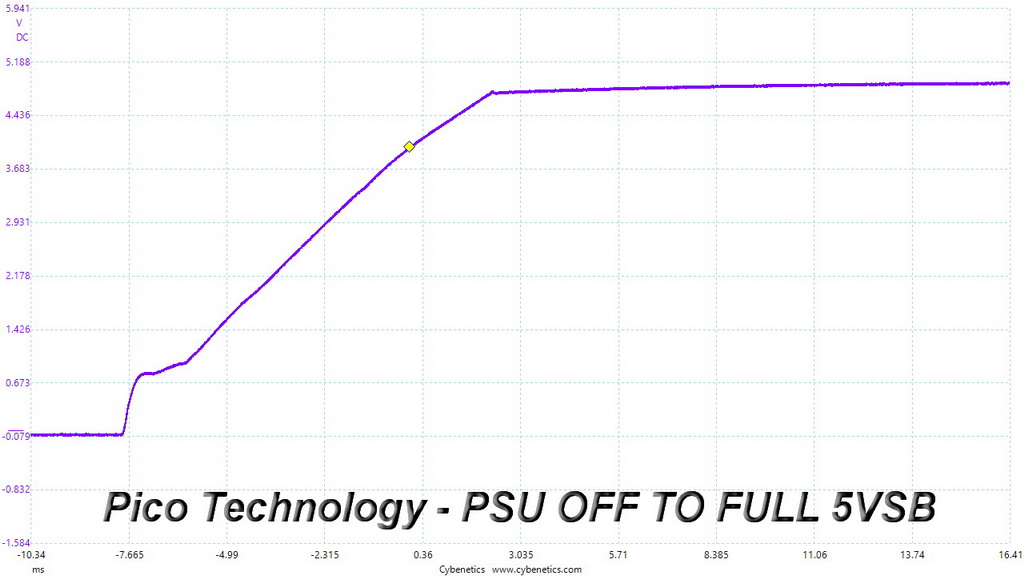
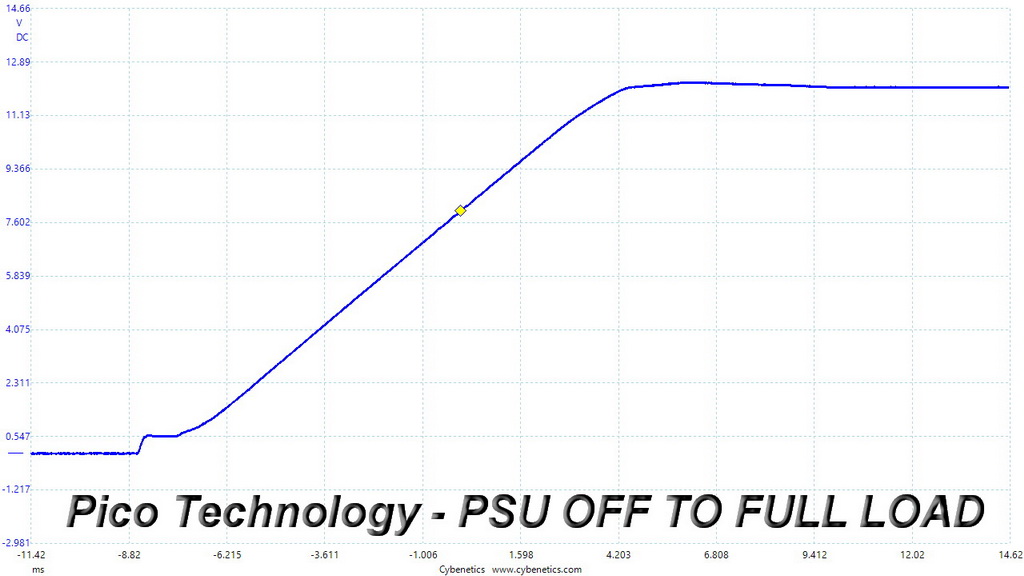
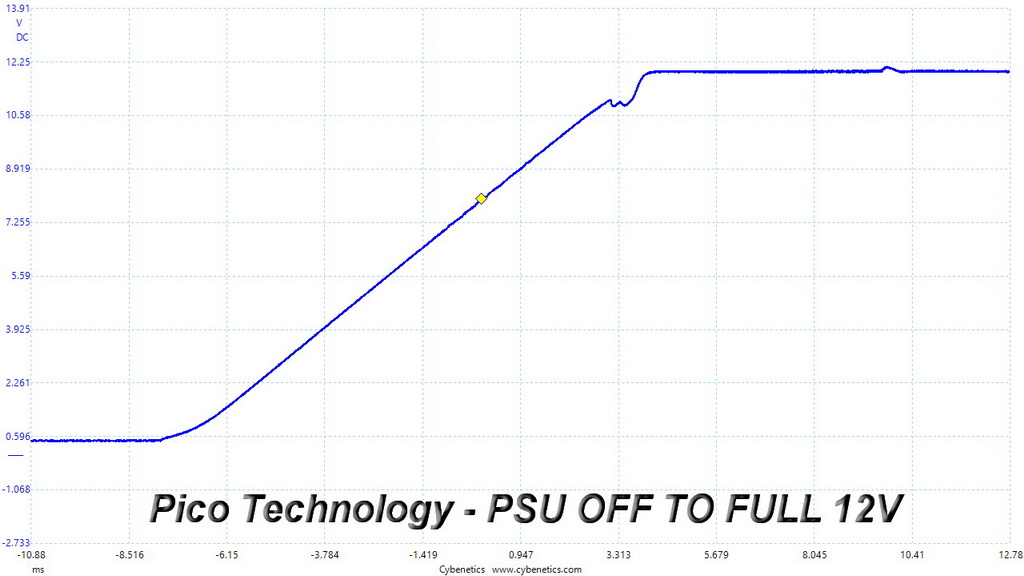
The waveforms were smooth in the first two tests. In the last one, we noticed a minor step before the rails settled down.
MORE: Best Power Supplies
MORE: How We Test Power Supplies
MORE: All Power Supply Content
Current page: Transient Response Tests
Prev Page Cross-Load Tests & Infrared Images Next Page Ripple Measurements
Aris Mpitziopoulos is a contributing editor at Tom's Hardware, covering PSUs.
-
jpe1701 Oh thank you Aris, I've been waiting for a review of this. It's always low in price and tempting to recommend but there weren't any reviews.Reply -
Darkbreeze Why do both of the review summary boxes list the Great Wall version? Both the one on the front page and the last page are the same. Seems like you ought to include a summary box for both versions since there seems to be some major differences between them. And even more so since you seem to indicate the CWT version is the better unit, but only include a summary box for the Great Wall unit.Reply -
Darkbreeze I totally understand. No worries mate. Editorial has a bad habit of effectively pooping all over the independent contributors writing as well. Not surprising that they are doing so with your work, but I sure wish somebody in editorial would make a few changes to policy that keeps the finished product a bit more in line with what the contributor intended, which often they don't. In this case, it totally makes zero sense that they didn't leave it as you had it.Reply -
Rexper ReplyWe preferred CWT's version of Corsair's CX450, but that doesn't mean you should avoid Great Wall's
Not that we have a choice.
Great article, once again, Aris!
There is some controversy appearing relating to the fan bearings used in the CX450. JonnyGURU, who works at Corsair, claims both CX450 versions use a rifle bearing.
Unfortunately, we can't know for certain until someone dismantles the fan.
http://www.jonnyguru.com/forums/showthread.php?t=15943&page=2 -
Darkbreeze I don't think it even makes a tremendous amount of difference. Fan failure on power supplies due to bearing fatigue is the least of the issues I've usually seen in the past on older units. Plus, it's not terribly difficult to replace a PSU fan if you have at least of a modicum of common sense and don't possess four thumbs.Reply
If fan noise is the biggest worry, or bearing failure over the long term, then I'd say these are winners for the price point. Most would never hear them over the sound of the rest of the system in any case.